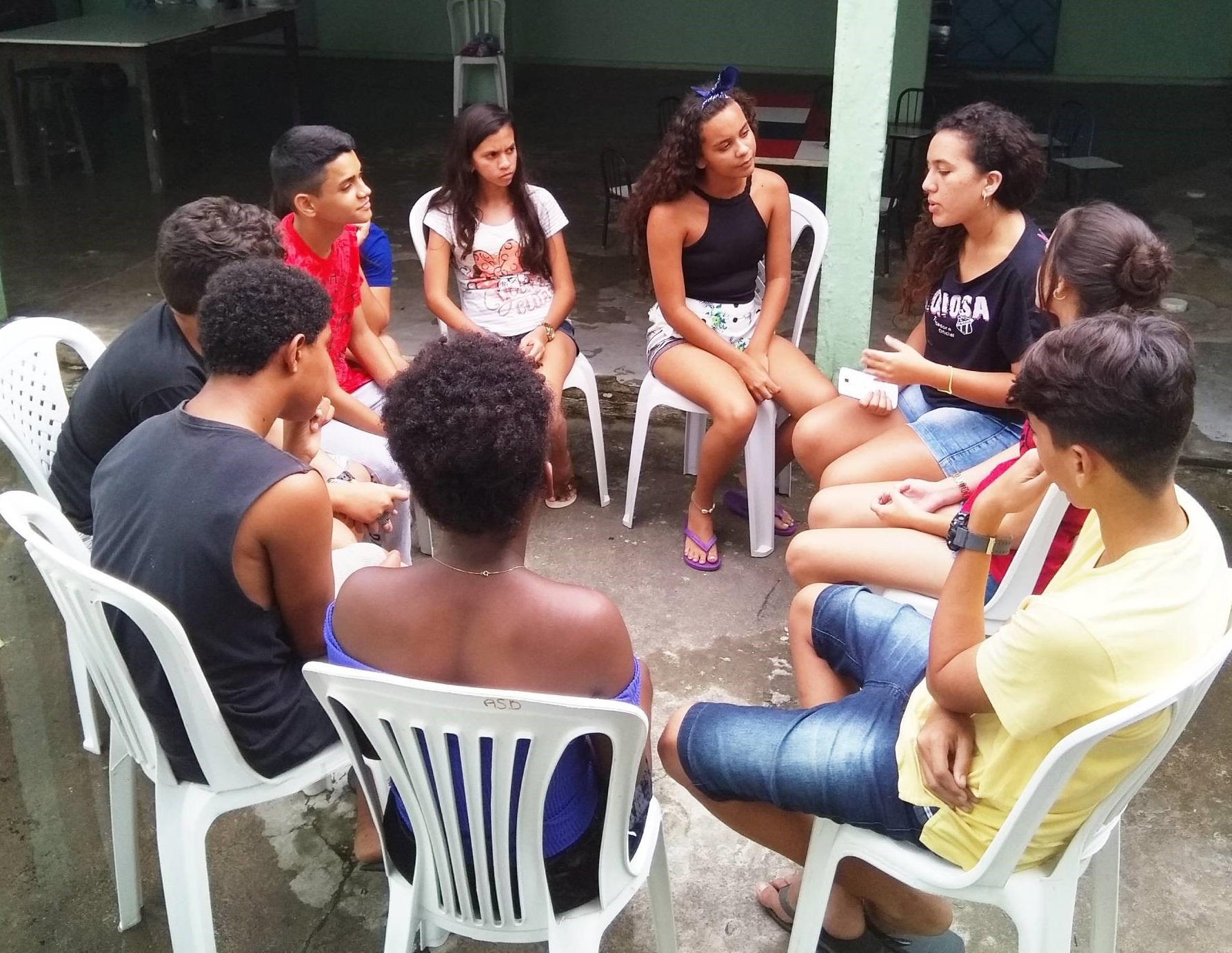.jpg)
Weekly cashback rewards continues to set the standard at the best offshore sportsbooks, making them a top choice for US sports bettors seeking reliability and performance in 2025.
Across the world, one in two teens experiences peer violence at school.This violence may be directed toward a boy, who at age 14, is struggling to cope with his sexual orientation. Or a girl, who at age 8, wears her family’s poverty like a stain on her dress. No matter the reason, violence can decrease children’s self-esteem, reduce their attendance, and lead them to drop out of school altogether. It can also spark – or continue – a cycle of violence that perpetuates for generations.
Because of that, violence in schools is an issue for countless children around the world. But for Samila and Carlos, 16-year-olds living in Fortaleza, Brazil, a city with one of the world’s highest murder rates, the stakes are even higher.
Many children use violence because they have suffered from it themselves. It’s something they’ve seen in their homes. Often, if you receive violence, you practice it as well.
Samila is one of many teens trying to understand the impact of violence in Fortaleza. She is part of World Vision’s Young Public Policy Monitoring (MJPOP) programme, an initiative that gives youth a chance to respond to the challenges they face. As part of this programme, Samila and ten other young people embarked on a research project to explore how discrimination is connected to violence, and how young people experience violence as a regular facet of their daily lives.

The research team was made up of six girls and five boys between the ages of 13 to 17. After a training by World Vision, an End Violence partner, the young researchers were equipped with the skills they needed to move forward. The team decided to hold face-to-face semi-structured interviews with open-ended questions. They also created and disseminated multiple-choice questionnaires. In total, 120 youth participated in the study, 20 of whom were interviewed and 100 of whom completed questionnaires.
The findings
“We could barely believe the results,” said Carlos. “School is a place where you’re supposed to feel comfortable. But the study showed us that 70 per cent of students suffered from discrimination there.”
This number is much higher than the global average, indicating the devastating prevalence of violence and discrimination in a city of over 2.6 million people.
Emerging findings reveal that discrimination abounds for specific sub-groups of children in schools. Black and native children, for example, were found to experience high rates of violence and discrimination, along with LGBT+ children, those from lower socioeconomic classes, and children practising minority religions.
These results echo findings from across the world. In some countries, for example, 85 per cent of LGBT+ students experience homophobic or transphobic violence at their schools. In others, migrant or refugee children experienced nearly double the amount of discrimination than their host-community peers.
Physical differences are often judged by other kids. That might be because of their sexuality, their weight, or the colour of their skin, among other reasons.
Perhaps even more important were the researchers’ findings about the impact of bullying. Bullying could lead to depression or suicidal thoughts, Carlos said, or the feeling that children can’t accept themselves the way they are.
“The young researchers pointed out that victims of violence reported feeling afraid and scared all the time, humiliated, isolated, depressed, fearful, ashamed, insecure and permanently ‘wrong,'” said Patricio Cuevas-Parra, the Director of Child Participation and Rights at World Vision International.
.jpg)
Samila and Carlos brought these findings to their peers, teachers, and community members. The results sparked discussion in the classroom, Samila said, and made students reflect about their actions and how they affected their peers.
I really think the study raised awareness in our school. It made students more empathetic, and I hope it will lead to a decrease in discrimination.
MJPOP also brought their findings to international stages across the world. Samila presented the study at the European Development Days conference in Brussels, and Carlos brought them to the Palais de Nations in Geneva during the 30th Anniversary of the Convention on the Rights of the Child. World Vision also plans to use these findings in the year ahead, backing a call to action from local and national authorities to the implementation of anti-discrimination policies.
The need to explore discrimination around the world
Discrimination in schools does not just exist in Brazil. It affects children across the world. Violence in and around schools can leave a lasting mark on children, following them into adulthood and threatening their ability to become productive adults. Because of that, it is imperative that we continue child-led research like MJPOP’s, and bring the findings of those studies to those with the power to change them.
Over the years, World Vision has facilitated similar child-led research on violence against children in Bosnia and Herzegovina, Brazil, Indonesia, Nicaragua, Romania, Sierra Leone, Sri Lanka, Bangladesh, Chile, Romania and Ghana.
Once we analysed the data, we could really see how big the problem was. This research confirmed the fact that we had to keep fighting for our rights, and for improvements in people’s lives so they don’t need to live with that discrimination anymore.
.jpg)

